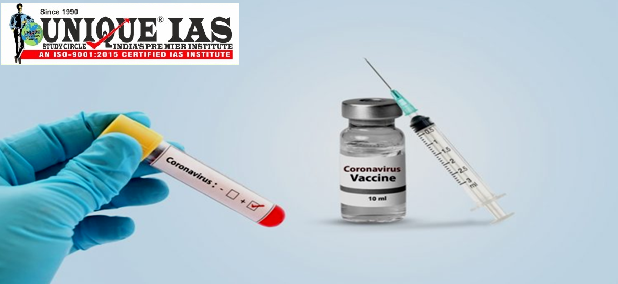Vaccines
A Phase 1 clinical trial evaluating an investigational vaccine designed to protect against coronavirus disease 2019 (COVID-19) has all over the world .
A vaccine is a.. biological preparation that provides active… acquired immunity to a particular infectious disease.
A vaccine typically contains ….an agent that resembles a ..disease-causing microorganism and is often made from …….weakened or ……killed forms of the microbe, its ….toxins, or …..one of its surface proteins
Types-
Vaccines can be……
1-Prophylactic (to prevent or ameliorate the effects of a future infection by a natural or "wild" pathogen), or
2- Therapeutic (e.g., vaccines against cancer, which are being investigated)
The administration of vaccines is called vaccination.
Vaccination is the most effective method of preventing infectious diseases; widespread immunity due to vaccination is largely responsible for the worldwide eradication of smallpox and the restriction of diseases such as polio, measles, and tetanus from much of the world.
Types of Vaccines-
1- Live Attenuated Virus (LAV):
Uses a weakened (or attenuated) form of the germ that causes a disease.
Because these vaccines are so similar to the natural infection that they help prevent, they create a strong and long-lasting immune response.
Used in case of Mumps Measles, Rubella (MMR combined vaccine), Tuberculosis, Rotavirus, Oral Polio Vaccine (OPV), Yellow fever etc.
2- Inactivated vaccines:
- Uses the killed version of the germ that causes a disease.
- These vaccines usually don’t provide immunity that’s as strong as live vaccines so several doses over time (booster shots) is needed to get ongoing immunity against diseases.
- Used in case of Polio (IPV), Pertussis, Hepatitis A etc.
3- Subunit and Recombinant vaccines -
Use only part of a target pathogen like its protein, sugar, or capsid (a casing around the germ) presenting it as an antigen on its own to provoke a response from the immune system.
It can also be created via …genetic engineering.
A gene coding for a vaccine protein is inserted into another virus, or into producer cells in culture.
When the carrier virus reproduces, or when the producer cell metabolizes, the vaccine protein is also created.
The end result of this approach is a recombinant vaccine: the immune system will recognize the expressed protein and provide future protection against the target virus. o Used in case of Haemophilius Influenza type B(Hib).
The Hepatitis B vaccine currently used in the United States is a recombinant vaccine.
4-Conjugate vaccines
A conjugate vaccine is a type of vaccine which combines a ..weak antigen with a strong antigen as a carrier so that the immune system has a stronger response to the weak antigen.
Similar to recombinant vaccines but are made using pieces from the coats of bacteria. These coats are chemically linked to a carrier protein, and the combination is used as a vaccine.




.jpg)


.jpg)
.jpg)




